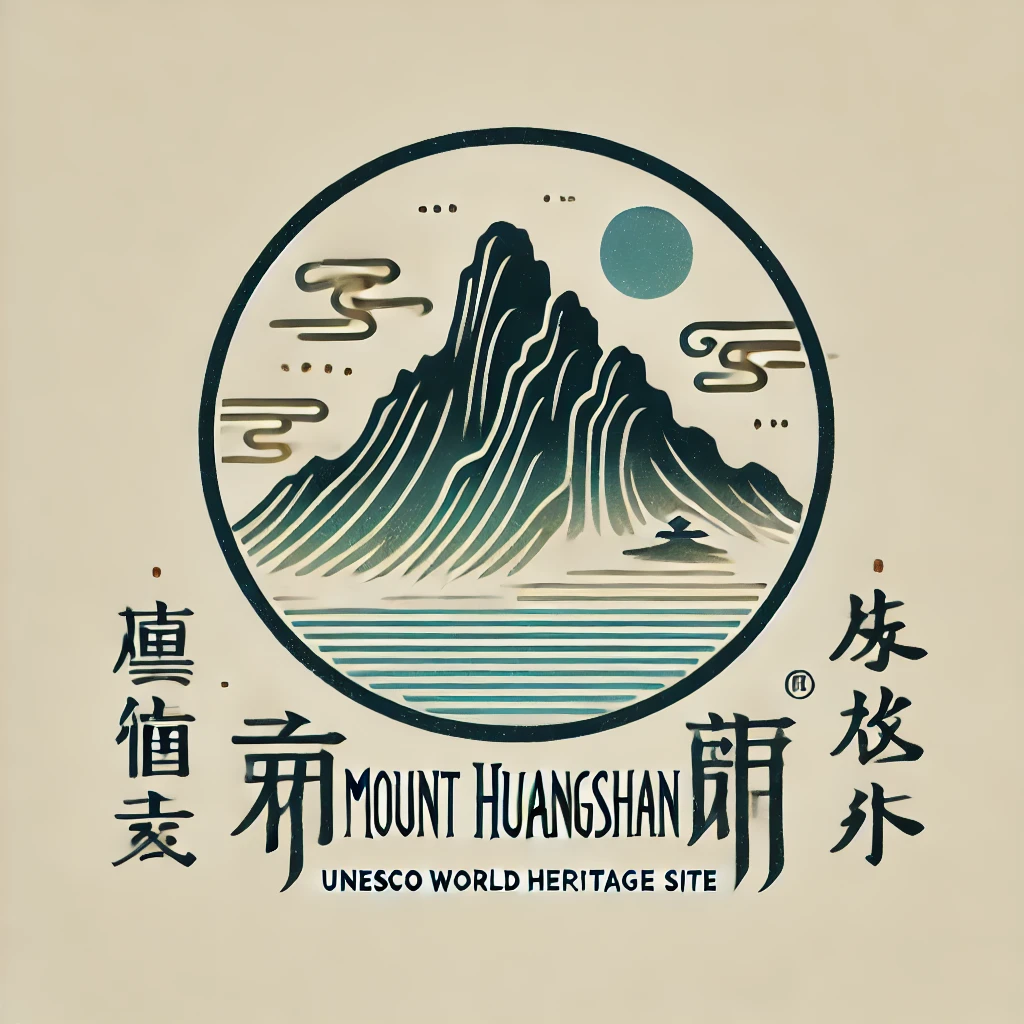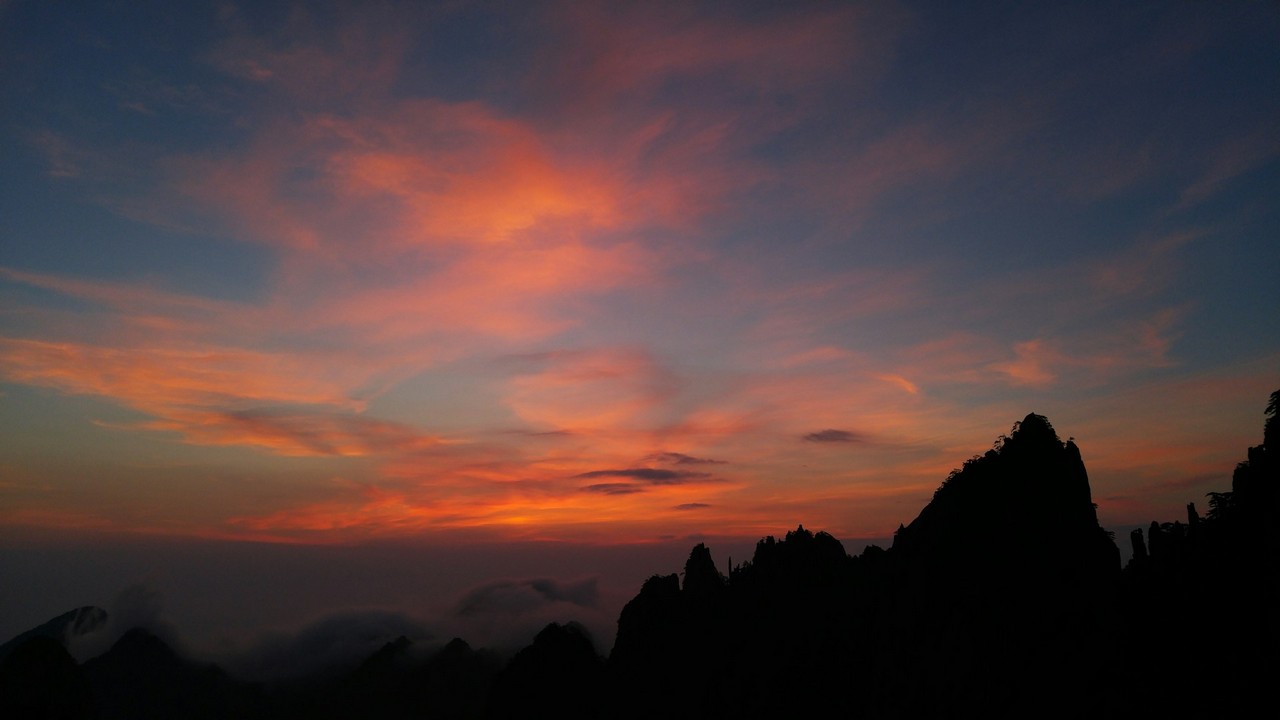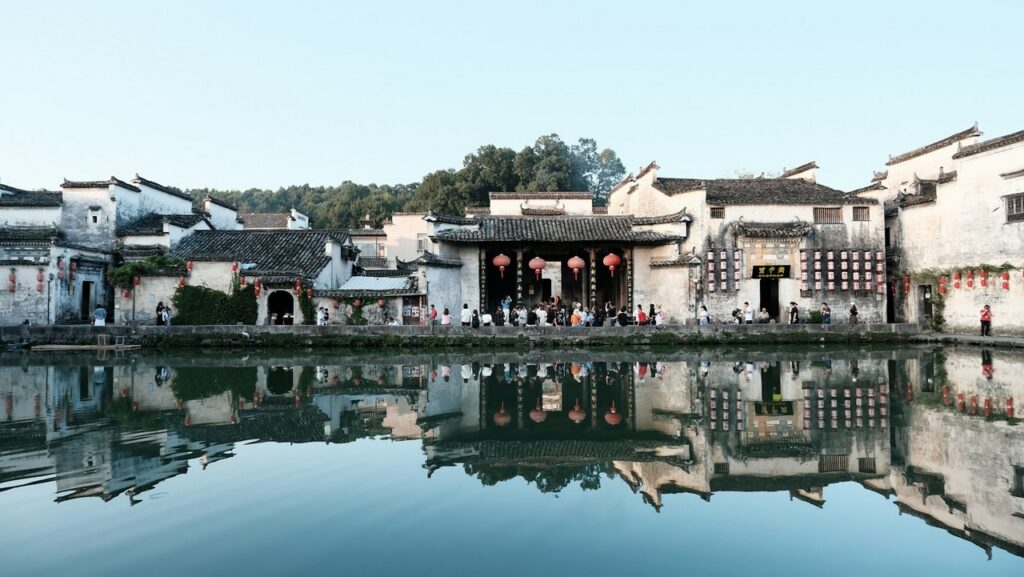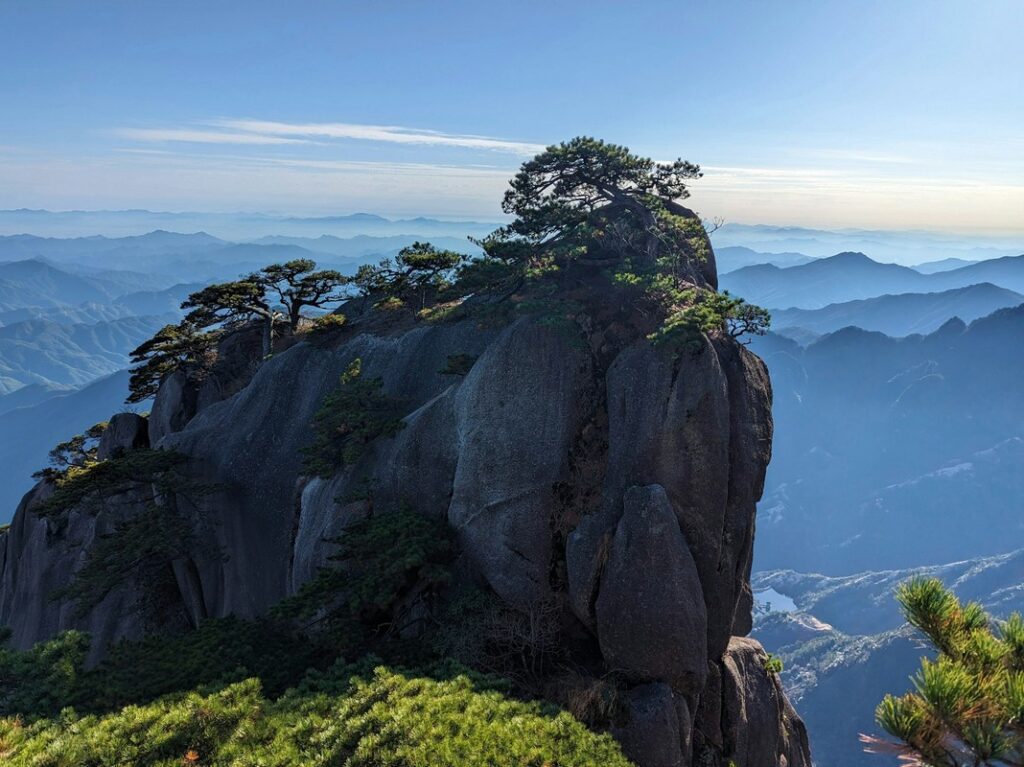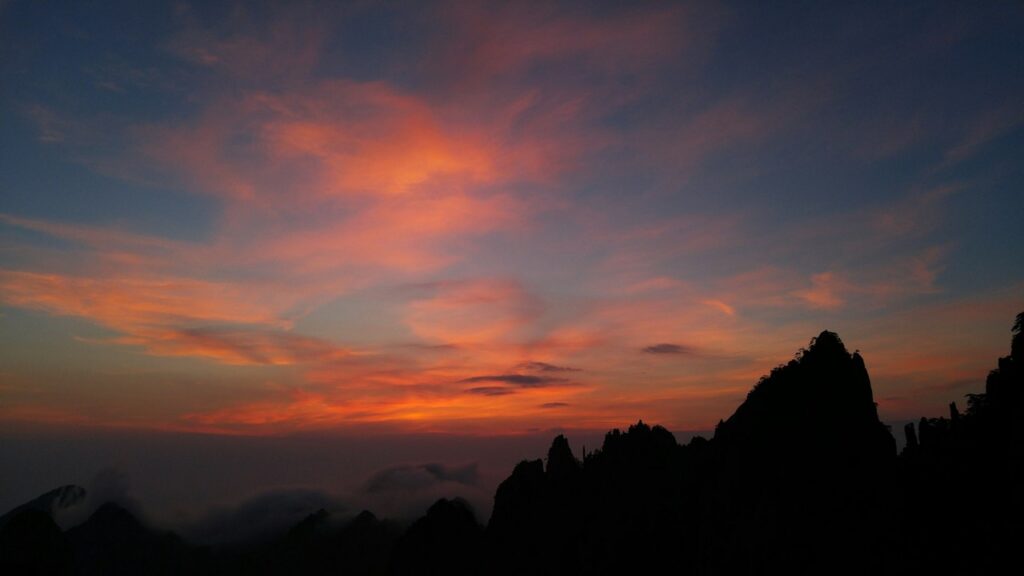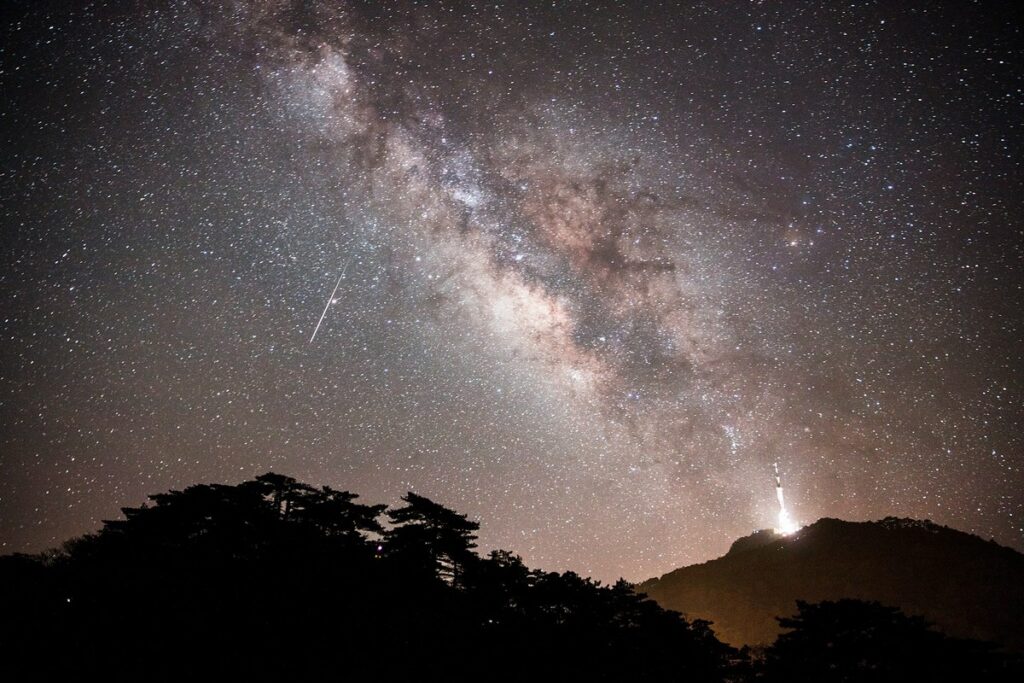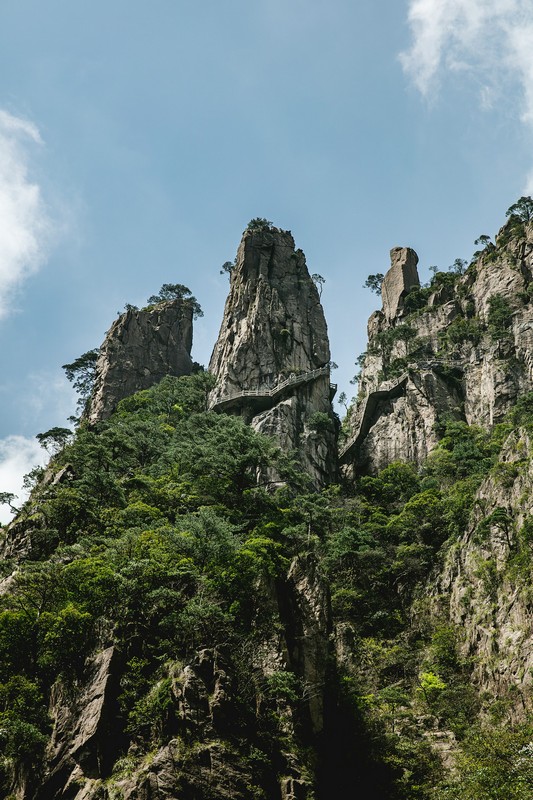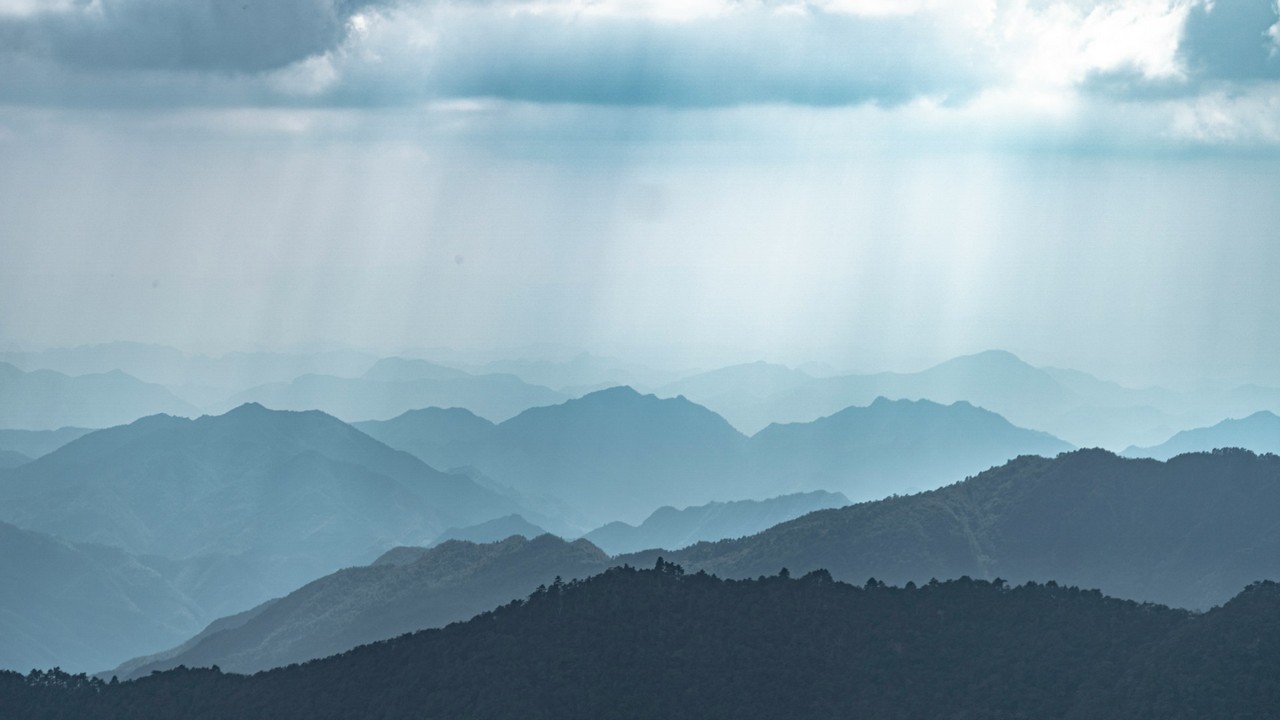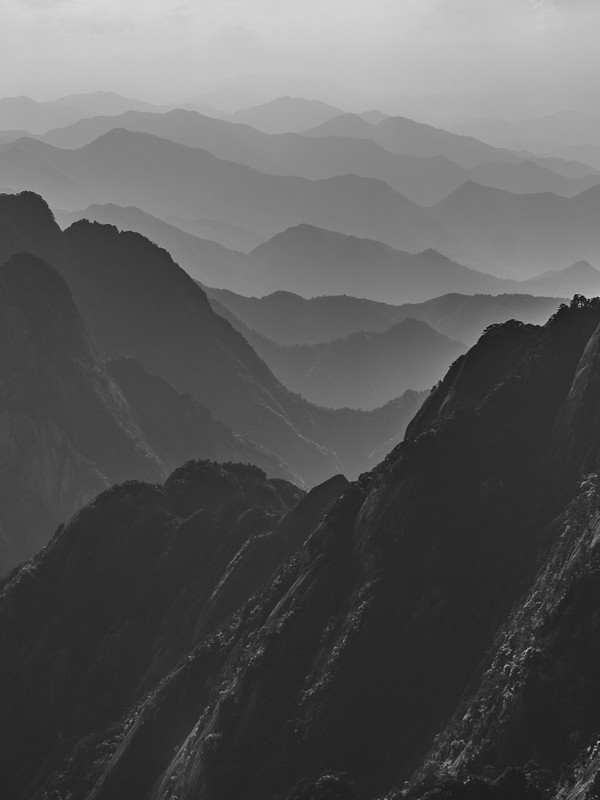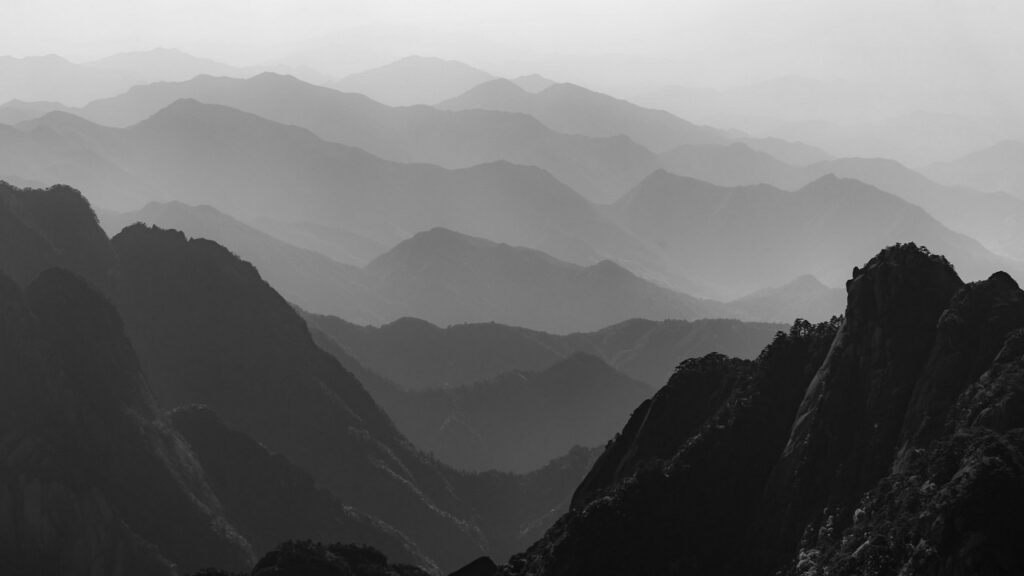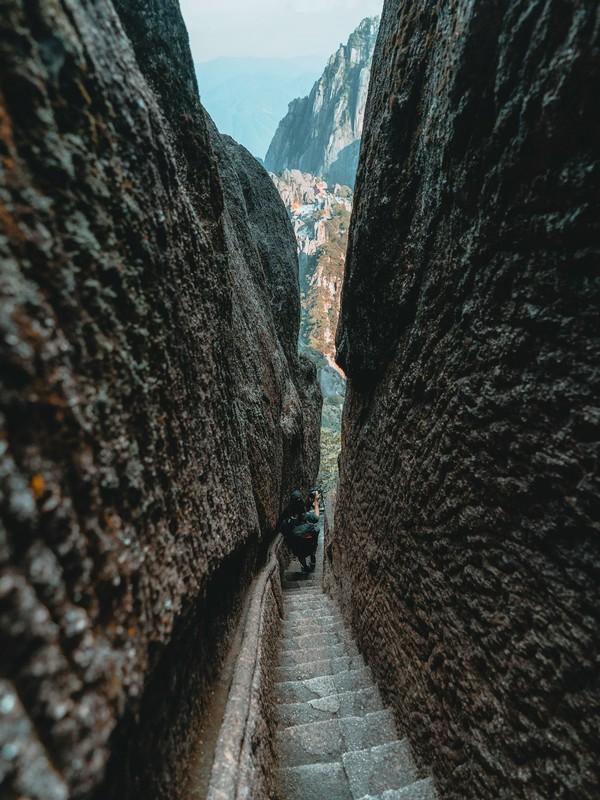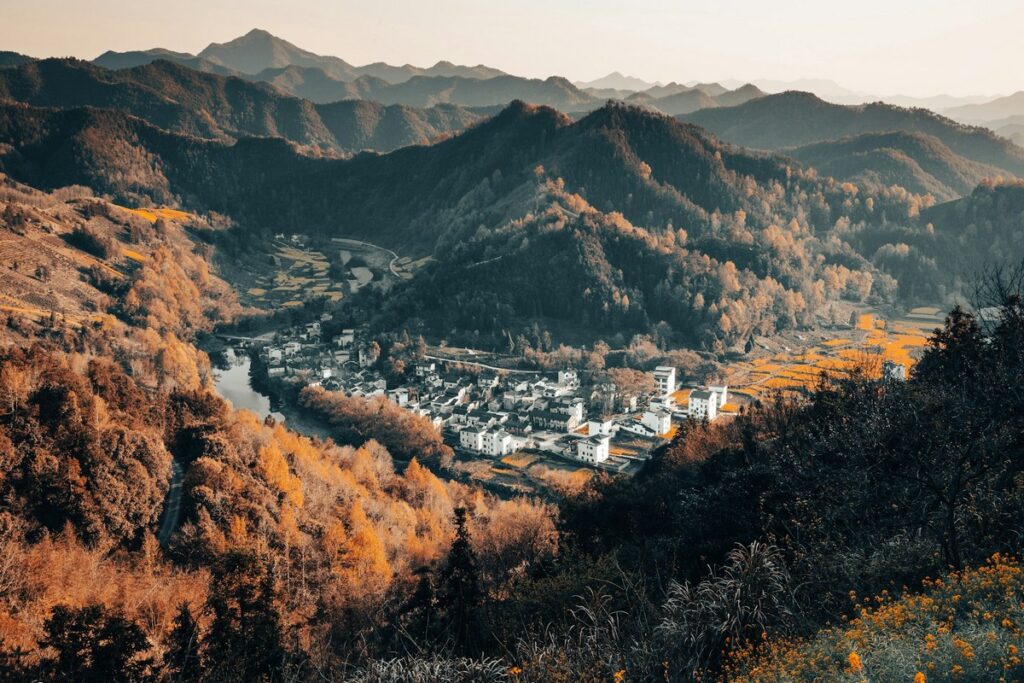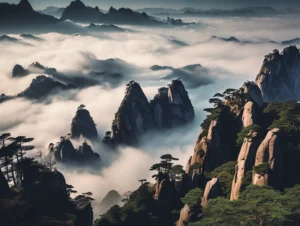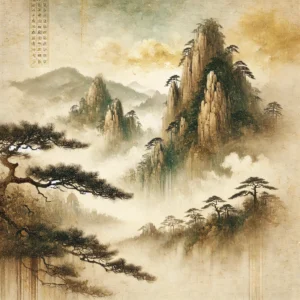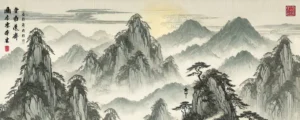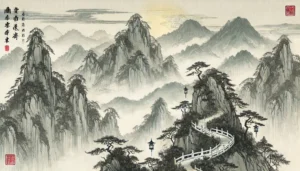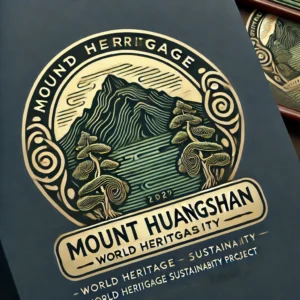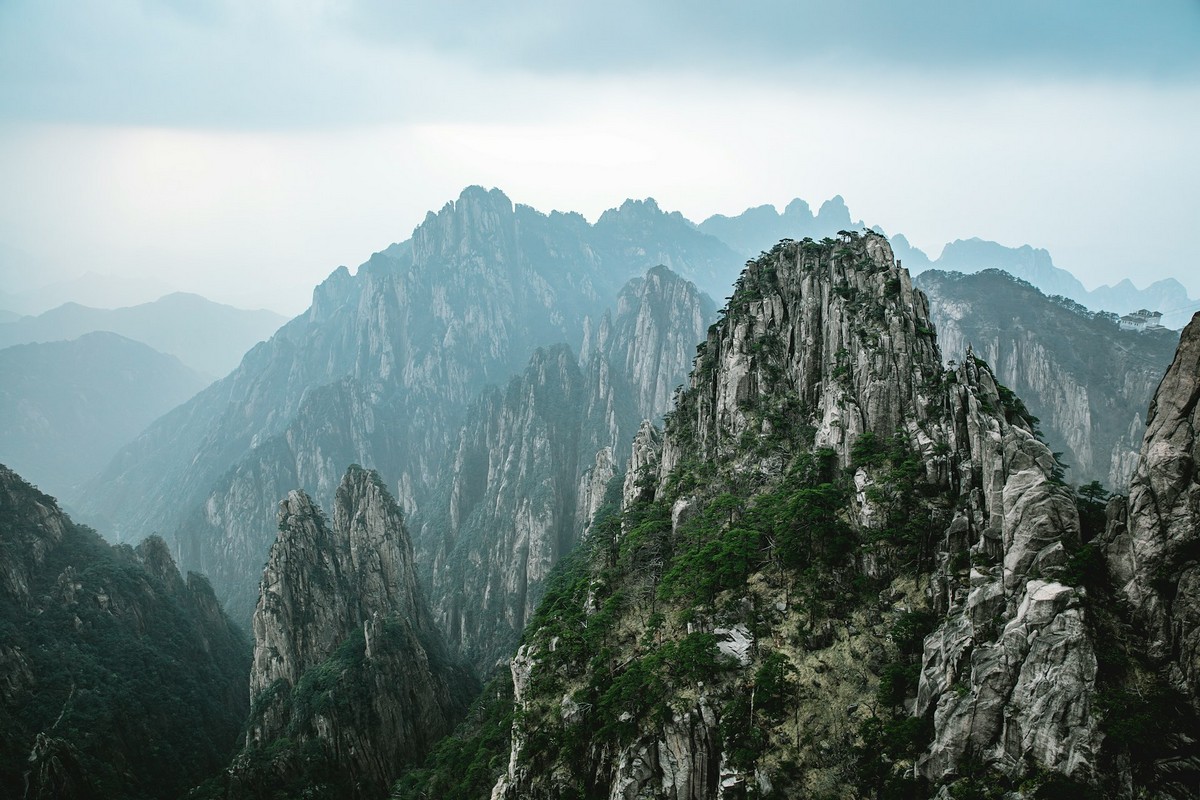
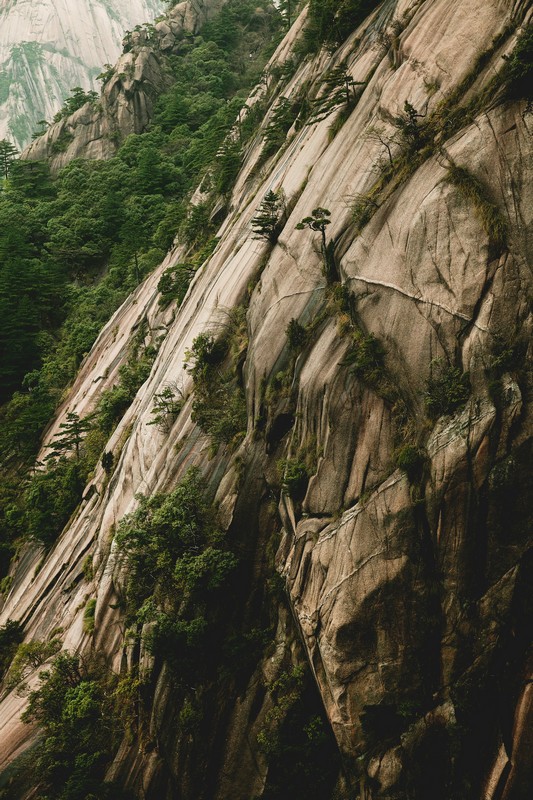
Yellow Mountain Anhui: A Guide to China’s Majestic Wonder
Introduction
Where is Yellow Mountain, or Huangshan (黄山), is one of China’s most famous natural landmarks. It is located in Anhui Province, in the eastern part of China, and is renowned for its granite peaks, mystical sea of clouds, ancient pine trees, and breathtaking landscapes. beihai scenic area huangshan national park
As a UNESCO World Heritage Site, Yellow Mountain attracts millions of visitors yearly, offering a perfect blend of scenic beauty, historical significance, and outdoor adventure. This guide will provide detailed information on where Yellow Mountain is, how to get there, and why it is a must-visit destination.
Where is Yellow Mountain Located?
Yellow Mountain is situated in Huangshan City, Anhui Province, in eastern China. It is approximately:
- 300 km (186 miles) southwest of Shanghai
- 400 km (248 miles) west of Hangzhou
- 500 km (310 miles) southeast of Wuhan
- 1,200 km (746 miles) south of Beijing
The mountain range is part of the Huangshan Scenic Area, which covers an area of 1,200 square kilometers, with 72 peaks, the highest being Lotus Peak (1,864 meters/6,115 feet).
How to Get to Yellow Mountain?
Yellow Mountain is accessible by air, train, and bus. Here’s how you can reach it:
By Air ✈️
The nearest airport is Huangshan Tunxi International Airport (TXN), which has direct flights from major Chinese cities such as:
- Beijing (2.5-hour flight)
- Shanghai (1-hour flight)
- Guangzhou (2-hour flight)
- Chengdu & Xi’an (3-hour flight)
Yellow Mountain Anhui: A Guide to China’s Majestic Wonder
From the airport, you can take a taxi or shuttle bus to Huangshan City (Tunxi District) and then to the mountain’s scenic area.
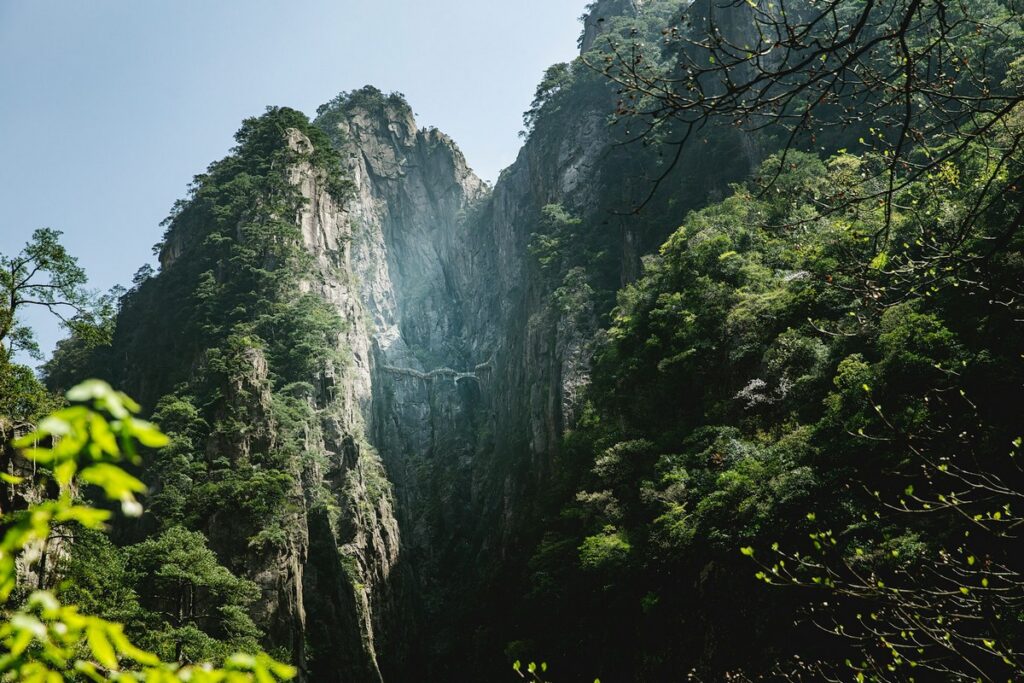
By High-Speed Train 🚄
China’s high-speed rail network makes it easy to reach Huangshan North Railway Station, with direct routes from:
- Shanghai (2.5 to 3 hours)
- Hangzhou (1.5 hours)
- Beijing (5.5 hours)
- Nanjing (3 hours)
From Huangshan North Station, you can take a bus or taxi to Tangkou Town (the gateway to Yellow Mountain).
By Bus 🚌
- 🌍 Wadi Rum Protected Area
- 🏛️ Historic Centre of Rome
- 🏔️ Mount Huangshan
- 🕌 Historic Areas of Istanbul
- 🌍 Kilimanjaro National Park
- 🌟 Medina of Marrakesh
- 🌅 Angkor Wat, Cambodia
- 🏞️ Iguazu National Park
- 🌋 Yellowstone National Park
- 🌅 Uluru-Kata Tjuta National Park
- 🏔️ Annapurna Conservation Area
- 🐘 Bagan, Myanmar
- 🕌 Taj Mahal, India
- 🐢 Galapagos Islands, Ecuador
- 🌊 Great Barrier Reef, Australia
- 🏞️ Grand Canyon National Park, USA
- 🏯 The Great Wall of China
- 🏛️ Old Havana and its Fortifications, Cuba
- 🌟 Medina of Fez, Morocco
- 🏔️ Machu Picchu, Peru
- 🏛️ Acropolis of Athens, Greece
- 🏔️ Te Wahipounamu, New Zealand
- 🌊 Victoria Falls (Mosi-oa-Tunya), Zimbabwe/Zambia
- 🏞️ The English Lake District, UK
- 🌲 Redwood National and State Parks, USA
- 🗻 Mount Fuji & Sacred Sites, Japan
- 🏝️ Lord Howe Island Group, Australia
- 🌊 Plitvice Lakes National Park, Croatia
- 🌍 Borobudur Temple Compounds
- 🏞️ Freycinet National Park, Tasmania
- 🌊 Lake Baikal, Russia
- 🏛️ Historic Ensemble of the Potala Palace, Lhasa
- 🏔️ Swiss Alps Jungfrau-Aletsch
- 🌟 Pre-Hispanic City of Chichen Itza
- 🕌 Ancient City of Sigiriya
- 🏯 Mausoleum of the First Qin Emperor
- 🛕 Rock-Hewn Churches of Lalibela
- ⛪ Vatican City Holy See
- 🏰 Historic Centre of Prague
- 🏝️ Mont-Saint-Michel and Its Bay
- 🗿 Stonehenge, Avebury and Associated Sites
- 🌊 Old City of Dubrovnik
- ⛰️ Mount Kenya National Park
- 🐘 Serengeti National Park, Africa
- 🏞️ Trang An Landscape Complex
- 🌆 Paris, Banks of the Seine
- 🏔️ Simien National Park
- 🌴 Wet Tropics of Queensland
- 🏯 Classical Gardens of Suzhou
Long-distance buses run to Huangshan from:
- Shanghai (6-hour journey)
- Hangzhou (4-hour journey)
- Nanjing (5-hour journey)
- Wuhan (7-hour journey)
Yellow Mountain Anhui: A Guide to China’s Majestic Wonder
How to Enter the Yellow Mountain Scenic Area?
Once in Huangshan City, you need to travel to Tangkou Town, about 1 hour from the city center. From there:
- Shuttle Buses: Government buses take visitors from Tangkou to Yungu Temple or Ciguang Pavilion, the two main starting points for hiking or cable cars.
- Cable Cars: If you prefer an easier ascent, take one of the three cable car routes:
- Yungu Cable Car – East side access (most popular).
- Taiping Cable Car – North side access.
- Yuping Cable Car – West side access.
- Hiking: The Eastern and Western Steps provide scenic trails for those who enjoy trekking to the mountain’s summits.
Why Visit Yellow Mountain?
Yellow Mountain is famous for its Four Natural Wonders:
- Strangely Shaped Pine Trees – Ancient pines growing in unique formations along rocky cliffs.
- Sea of Clouds – Mist-covered peaks create a dreamlike floating landscape.
- Hot Springs – Natural geothermal springs, known for their health benefits.
- Winter Snow Scenes – A surreal winter wonderland with snow-covered peaks.
- Yellow Mountain Anhui: A Guide to China’s Majestic Wonder

Other Highlights
- Sunrise & Sunset Views – Best seen from Bright Summit, Lion Peak, and Lotus Peak.
- West Sea Grand Canyon – A breathtaking hiking route with stunning views.
- Ancient Villages Nearby – Hongcun and Xidi, both UNESCO-listed for their well-preserved traditional architecture.
- Yellow Mountain Anhui: A Guide to China’s Majestic Wonder
Best Time to Visit Yellow Mountain
- Spring (March–May): Blooming flowers and mild weather.
- Summer (June–August): Lush greenery and frequent cloud formations.
- Autumn (September–November): Stunning fall foliage and clear views.
- Winter (December–February): Snow-covered peaks with fewer crowds.
Conclusion
Yellow Mountain is one of China’s most iconic natural landscapes, located in Anhui Province. Whether you are a nature lover, hiker, or cultural explorer, visiting Huangshan offers an unforgettable experience. With its stunning scenery, rich history, and excellent accessibility, it’s a must-see destination in China.
If you are planning your trip, make sure to check the best seasons, transportation options, and hiking routes to maximize your experience at this breathtaking World Heritage Site!
Yellow Mountain Anhui: A Guide to China’s Majestic Wonder
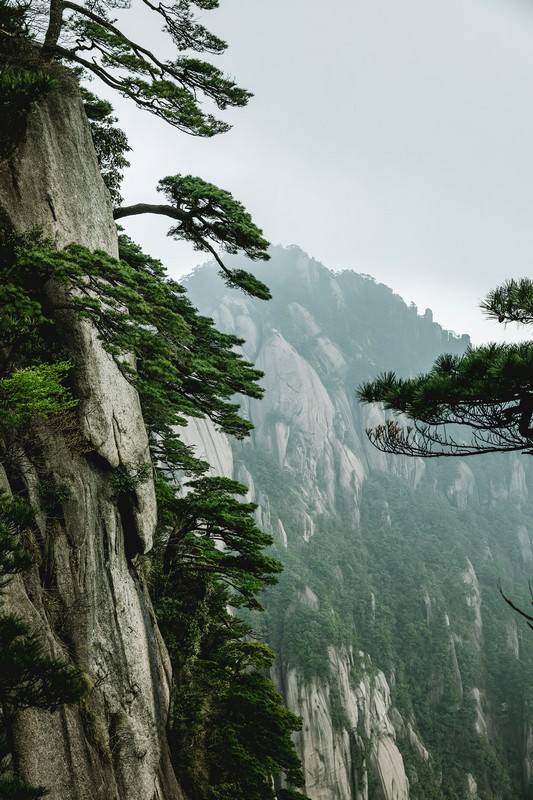
- 🌍 Borobudur Temple Compounds
- 🏞️ Freycinet National Park, Tasmania
- 🌊 Lake Baikal, Russia
- 🏛️ Historic Ensemble of the Potala Palace, Lhasa
- 🏔️ Swiss Alps Jungfrau-Aletsch
- 🌟 Pre-Hispanic City of Chichen Itza
- 🕌 Ancient City of Sigiriya
- 🏯 Mausoleum of the First Qin Emperor
- 🛕 Rock-Hewn Churches of Lalibela
- ⛪ Vatican City Holy See
- 🏰 Historic Centre of Prague
- 🏝️ Mont-Saint-Michel and Its Bay
- 🗿 Stonehenge, Avebury and Associated Sites
- 🌊 Old City of Dubrovnik
- ⛰️ Mount Kenya National Park
- 🐘 Serengeti National Park, Africa
- 🏞️ Trang An Landscape Complex
- 🌆 Paris, Banks of the Seine
- 🏔️ Simien National Park
- 🌴 Wet Tropics of Queensland
- 🏯 Classical Gardens of Suzhou
- 🌍 Wadi Rum Protected Area
- 🏛️ Historic Centre of Rome
- 🏔️ Mount Huangshan
- 🕌 Historic Areas of Istanbul
- 🌍 Kilimanjaro National Park
- 🌟 Medina of Marrakesh
- 🌅 Angkor Wat, Cambodia
- 🏞️ Iguazu National Park
- 🌋 Yellowstone National Park
- 🌅 Uluru-Kata Tjuta National Park
- 🏔️ Annapurna Conservation Area
- 🐘 Bagan, Myanmar
- 🕌 Taj Mahal, India
- 🐢 Galapagos Islands, Ecuador
- 🌊 Great Barrier Reef, Australia
- 🏞️ Grand Canyon National Park, USA
- 🏯 The Great Wall of China
- 🏛️ Old Havana and its Fortifications, Cuba
- 🌟 Medina of Fez, Morocco
- 🏔️ Machu Picchu, Peru
- 🏛️ Acropolis of Athens, Greece
- 🏔️ Te Wahipounamu, New Zealand
- 🌊 Victoria Falls (Mosi-oa-Tunya), Zimbabwe/Zambia
- 🏞️ The English Lake District, UK
- 🌲 Redwood National and State Parks, USA
- 🗻 Mount Fuji & Sacred Sites, Japan
- 🏝️ Lord Howe Island Group, Australia
- 🌊 Plitvice Lakes National Park, Croatia
Yellow Mountain Anhui: A Guide to China’s Majestic Wonder
